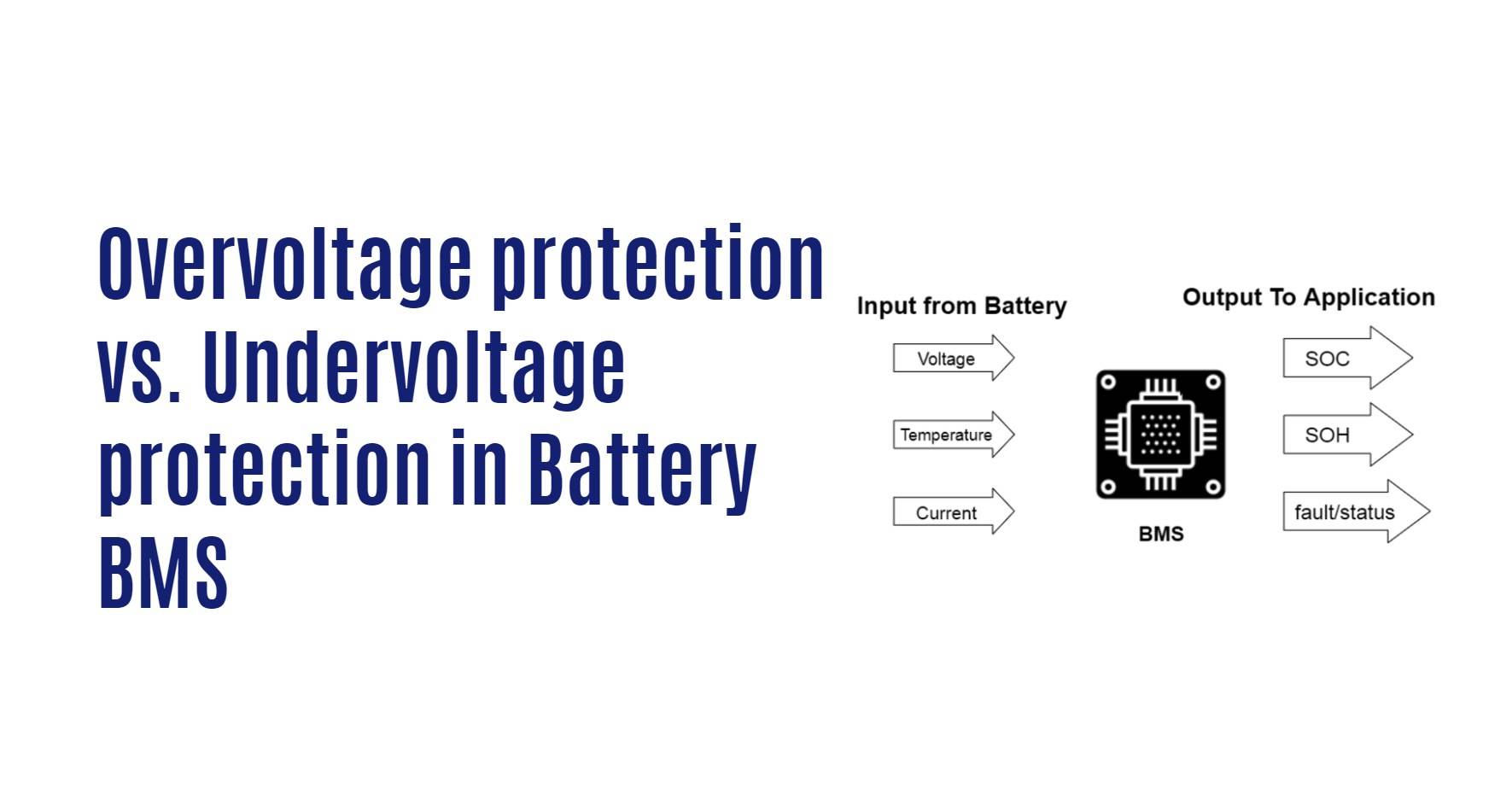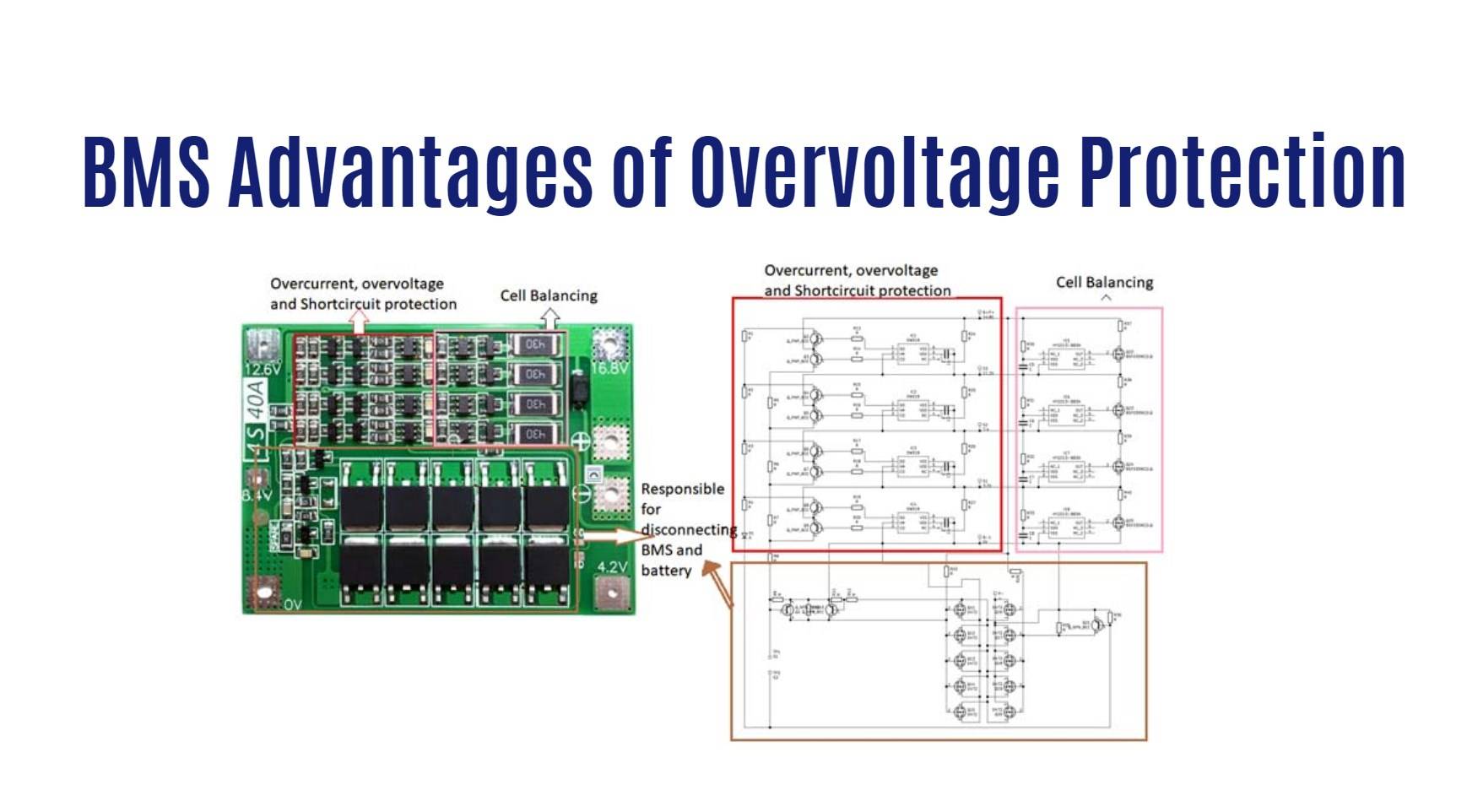- Forklift Lithium Battery
-
48V
- 48V 210Ah
- 48V 300Ah
- 48V 420Ah (949 x 349 x 569 mm)
- 48V 420Ah (950 x 421 x 450 mm)
- 48V 456Ah
- 48V 460Ah (830 x 630 x 590 mm)
- 48V 460Ah (950 x 421 x 450 mm)
- 48V 460Ah (800 x 630 x 600 mm)
- 48V 460Ah (820 x 660 x 470 mm)
- 48V 500Ah
- 48V 560Ah (810 x 630 x 600 mm)
- 48V 560Ah (950 x 592 x 450 mm)
- 48V 600Ah
- 48V 630Ah
-
48V
- Lithium Golf Cart Battery
- 12V Lithium Battery
12V 150Ah Lithium RV Battery
Bluetooth App | BCI Group 31
LiFePO4 Lithium
Discharge Temperature -20°C ~ 65°C
Fast Charger 14.6V 50A
Solar MPPT Charging - 24V Lithium Battery
- 36V Lithium Battery
- 48V Lithium Battery
-
48V LiFePO4 Battery
- 48V 50Ah
- 48V 50Ah (for Golf Carts)
- 48V 60Ah (8D)
- 48V 100Ah (8D)
- 48V 100Ah
- 48V 100Ah (Discharge 100A for Golf Carts)
- 48V 100Ah (Discharge 150A for Golf Carts)
- 48V 100Ah (Discharge 200A for Golf Carts)
- 48V 150Ah (for Golf Carts)
- 48V 160Ah (Discharge 100A for Golf Carts)
- 48V 160Ah (Discharge 160A for Golf Carts)
-
48V LiFePO4 Battery
- 60V Lithium Battery
-
60V LiFePO4 Battery
- 60V 20Ah
- 60V 30Ah
- 60V 50Ah
- 60V 50Ah (Small Size / Side Terminal)
- 60V 100Ah (for Electric Motocycle, Electric Scooter, LSV, AGV)
- 60V 100Ah (for Forklift, AGV, Electric Scooter, Sweeper)
- 60V 150Ah (E-Motocycle / E-Scooter / E-Tricycle / Tour LSV)
- 60V 200Ah (for Forklift, AGV, Electric Scooter, Sweeper)
-
60V LiFePO4 Battery
- 72V~96V Lithium Battery
- Rack-mounted Lithium Battery
- E-Bike Battery
- All-in-One Home-ESS
- Wall-mount Battery ESS
-
Home-ESS Lithium Battery PowerWall
- 24V 100Ah 2.4kWh PW24100-S PowerWall
- 48V 50Ah 2.4kWh PW4850-S PowerWall
- 48V 50Ah 2.56kWh PW5150-S PowerWall
- 48V 100Ah 5.12kWh PW51100-F PowerWall (IP65)
- 48V 100Ah 5.12kWh PW51100-S PowerWall
- 48V 100Ah 5.12kWh PW51100-H PowerWall
- 48V 200Ah 10kWh PW51200-H PowerWall
- 48V 300Ah 15kWh PW51300-H PowerWall
PowerWall 51.2V 100Ah LiFePO4 Lithium Battery
Highly popular in Asia and Eastern Europe.
CE Certification | Home-ESS -
Home-ESS Lithium Battery PowerWall
- Portable Power Stations
How Overvoltage and Undervoltage Protection Work in Battery Management Systems

Overvoltage protection and undervoltage protection are essential features in battery management systems (BMS) designed to maintain battery health and safety. Overvoltage protection prevents batteries from exceeding safe voltage levels, while undervoltage protection ensures that batteries do not discharge below critical thresholds, both of which are crucial for extending battery life and preventing damage.
Understanding Overvoltage Protection in Battery Management Systems
Overvoltage protection is a safety mechanism that prevents a battery from being charged beyond its maximum voltage rating. This is crucial because excessive voltage can lead to overheating, reduced battery life, or even catastrophic failure such as thermal runaway. BMS monitors the voltage levels of individual cells within a battery pack and disconnects the charging source if the voltage exceeds a predetermined threshold.
Why Is Overvoltage Protection Important?
- Prevents Damage: Overcharging can cause physical damage to the battery cells, leading to swelling or leakage.
- Enhances Safety: Preventing overvoltage reduces the risk of fires and explosions associated with lithium-ion batteries.
- Extends Battery Life: By keeping voltage within safe limits, the overall lifespan of the battery is improved.
| Aspect | With Overvoltage Protection | Without Overvoltage Protection |
|---|---|---|
| Risk of Damage | Low | High |
| Safety | Enhanced | Compromised |
| Battery Lifespan | Extended | Reduced |
How Does Overvoltage Protection Work?
Overvoltage protection typically involves the following steps:
- Monitoring Voltage Levels: The BMS continuously monitors the voltage of each cell.
- Threshold Setting: A maximum voltage threshold is set based on the battery chemistry.
- Disconnection Mechanism: If the voltage exceeds this threshold, the BMS disconnects the charging circuit to prevent further charging.
What Is Undervoltage Protection in Battery Management Systems?
Undervoltage protection is another critical feature of BMS that prevents batteries from discharging below a certain voltage level. Discharging a battery too deeply can lead to irreversible damage, reduced capacity, and shortened lifespan.
Why Is Undervoltage Protection Important?
- Prevents Damage: Deep discharges can cause cell degradation and permanent damage.
- Maintains Performance: Ensures that the battery maintains adequate performance levels during operation.
- Enhances Safety: Protects against conditions that could lead to unsafe operation or failure.
| Aspect | With Undervoltage Protection | Without Undervoltage Protection |
|---|---|---|
| Risk of Damage | Low | High |
| Performance | Consistent | Inconsistent |
| Safety | Enhanced | Compromised |
How Does Undervoltage Protection Work?
Undervoltage protection operates through these key processes:
- Monitoring Voltage Levels: The BMS tracks the voltage of each cell during discharge.
- Threshold Setting: A minimum voltage threshold is established based on the battery type.
- Disconnection Mechanism: If any cell’s voltage drops below this threshold, the BMS disconnects the load to prevent further discharge.
How Do Overvoltage and Undervoltage Protections Work Together?
Both overvoltage and undervoltage protections are vital for maintaining battery health:
- Complementary Functions: While overvoltage protection prevents excessive charging, undervoltage protection safeguards against excessive discharging.
- Enhanced Reliability: Together, they ensure that batteries operate within safe limits throughout their charge-discharge cycles.
Industrial News
Recent advancements in battery management technology have led to more sophisticated BMS designs that incorporate both overvoltage and undervoltage protections as standard features. Manufacturers are increasingly focusing on smart BMS solutions that utilize real-time data analytics to optimize charging cycles and enhance safety protocols. This trend is particularly prominent in electric vehicle (EV) technology, where efficient energy management is critical.
Redway Power Views
“Implementing robust overvoltage and undervoltage protections is essential for modern battery systems,” states an expert from Redway Power. “As we push towards higher energy densities in batteries, ensuring these safety mechanisms are in place will be crucial for preventing failures and enhancing overall system reliability.”
FAQ Section
Q: What is overvoltage protection?
A: Overvoltage protection prevents a battery from being charged beyond its maximum safe voltage level to avoid damage and enhance safety.Q: What is undervoltage protection?
A: Undervoltage protection safeguards against discharging a battery below its minimum safe voltage level, preventing irreversible damage.Q: Why are both protections necessary?
A: Both protections are essential for maintaining battery health, safety, and performance by preventing conditions that could lead to damage or failure.


























